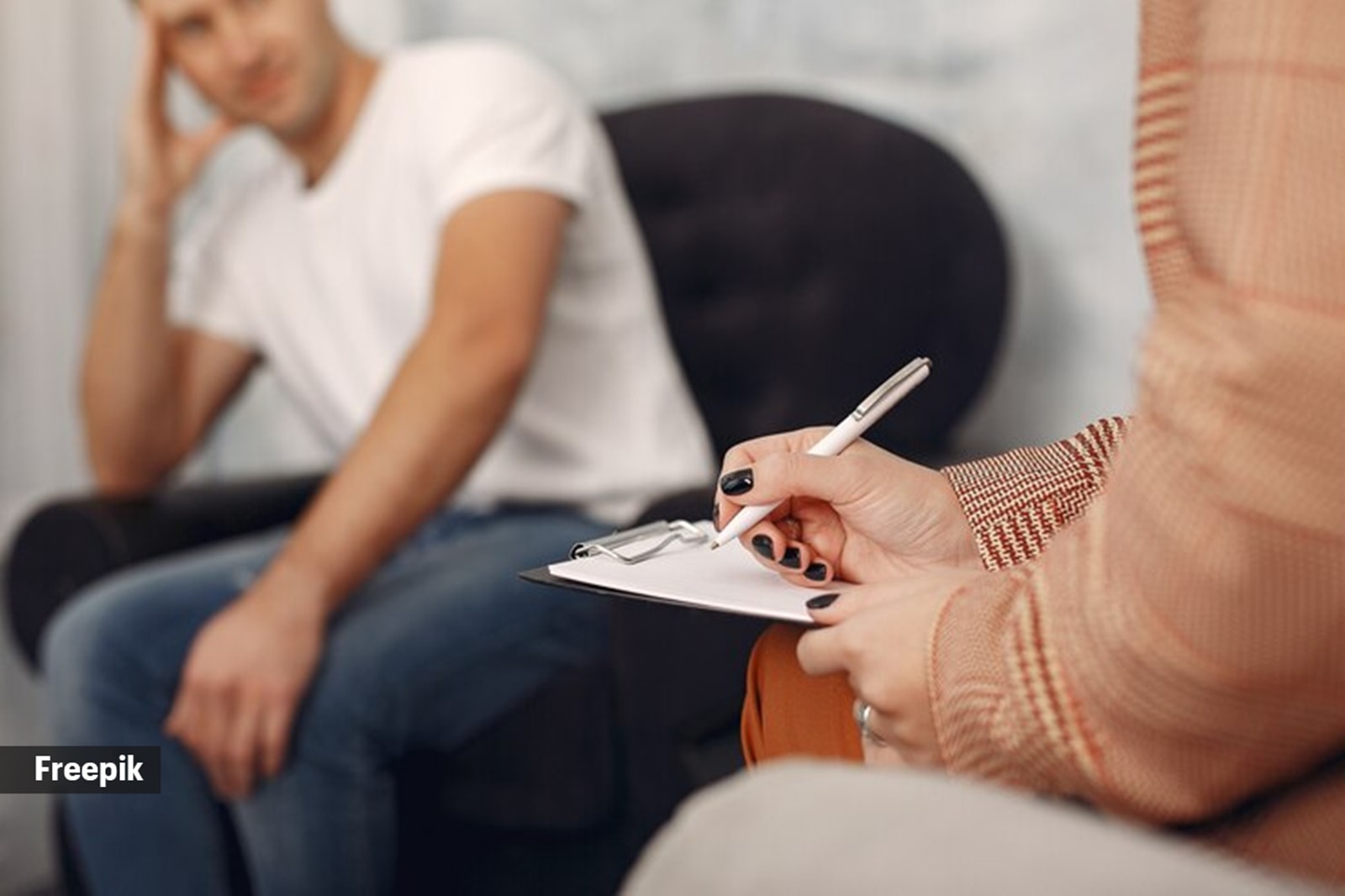📣 For more lifestyle news, click here to join our WhatsApp Channel and also follow us on Instagram
Ranbir Kapoor on therapy feeling like learning to ‘manipulate life’: How can people with avoidant attachment benefit from therapy?
Psychologist explains that people with avoidant attachment primarily need space, while their greatest fear is enmeshment and loss of individuality in relationships.
 People who have avoidant attachment are generally blamed for relationships not working. (Source: Nikhil Kamath/YouTube)
People who have avoidant attachment are generally blamed for relationships not working. (Source: Nikhil Kamath/YouTube)In a recent podcast with Zerodha co-founder Nikhil Kamath, actor Ranbir Kapoor opened up about his experience with therapy, revealing that he didn’t find it particularly beneficial. Kapoor, who identified with an avoidant attachment style when discussing his relationship with his sister Riddhima, shared that therapy felt more like learning how to “manipulate life.” But does this reflect the typical experience of those with an avoidant attachment style, and how can they actually benefit from therapy?
She explained that there are two main forces in humans that show up in relationships.
“The force of attachment, which brings us closer and makes us prioritize another. If this becomes excessive, people lose individuality, which is the biggest fear for an avoidant attachment, as there is no breathing room and they feel suffocated,” she said.
“And the other is the force of individuality, which makes us grow in our individual path, and if this becomes excessive, people will prioritize only themselves and never prioritize another, which again begins threatening the relationship. As human beings, we need to balance both,” she added.
“In avoidant attachment people, the need for space or individuality is so high, that they are claustrophobic, and their fight-or-flight will take over the second they feel crowded or get pushed to give up their individuality. And this is where the “manipulation” part comes in,” shared Tendulkar.
She explained that such people feel (somewhat rightly) that their avoidant attachment will not be understood and they will be forced to become more open than they wish to be.
📣 For more lifestyle news, click here to join our WhatsApp Channel and also follow us on Instagram





- 01
- 02
- 03
- 04
- 05


 In avoidant attachment people, the need for space or individuality is high. (Source: Freepik)
In avoidant attachment people, the need for space or individuality is high. (Source: Freepik)



















